The following is the first in a series of guest blogs by Puneeta Sharma, our Paper Conservation Intern working on the Ferrar Papers in the Old Library:
THE FERRAR PRINT COLLECTION CONSERVATION PROJECT
On Monday 28th July, I started my one-month internship at the Old Library, Magdalene College, working on the stabilisation on the Nicolas Ferrar print collection. I recently completed my MA in Paper Conservation and was delighted when I got this internship. Richard Farleigh from the Fitzwilliam Museum has trained me in the conservation of the prints but I am mostly working independently in the library. This internship will give me the chance to use the theoretical and practical knowledge I have gained during the past two years into a working project. My supervisors are Dr Jane Hughes, Pepys Librarian and Catherine Sutherland, Deputy Librarian (Pepys and Special Collections). About the print collection The prints are a collection of approximately 561 engravings dating to the early 17th century, which depict religious scenes; Nicolas Ferrar collected them during his travels in Europe between 1613-1617. The Ferrar children used the prints to illustrate the Harmony of the Gospels under Nicolas Ferrar’s guidance (Ransome, 1992)
The prints vary from good condition to very poor condition. Many of the prints show where cut-outs have been made using scissors or a sharp blade. Some prints merely have surface dirt present whilst others are more severely damaged in the form of tears, creases, missing areas, fragmented pieces, pest damage and crushed edges. There are also the cut-outs themselves, that were not adhered to pages in the Harmony of Gospels. The aim for this project is to stabilise the prints, using dry cleaning methods, repairing areas of damage, lining the versos (depending on time and resources) and housing the prints in polyester enclosures. The prints are then to be labelled and stored in archival boxes.
Bibliography
Ransome, D. (1992)The Ferrar Papers 1590-1790 in Magdalene College Cambridge. [Internet]. Wakefield, United Kingdom: Microform Academic Publishers. Available from: <http://www.microform.co.uk/guides/R97513.pdf> [Accessed 30 July 2014]. Setting up a conservation studio in a library The Old Library is where I am working on the Ferrar print collection, using a large table. Materials have been purchased and borrowed to allow for conservation work to be carried out. 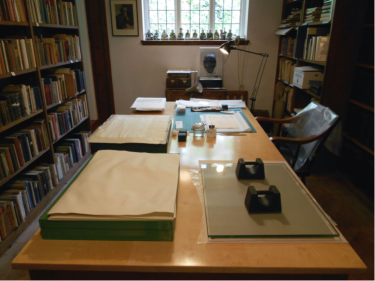 Conservation of the prints Before undertaking any conservation work on the prints, each object is visually examined to determine which treatments they can withstand. The paper the prints have been executed on is handmade paper, possibly from cotton rags. Some prints contain inscriptions in ink on the verso and in these cases, the use of moisture to undertake conservation treatments would be avoided. During visual examination using transmitted light, I discovered a variety of watermarks present in the papers. Watermarks are designs, which are made in the paper during its manufacture; they tell us who made the paper. After examining sixty prints to begin with, I discovered six different watermarks.
Conservation of the prints Before undertaking any conservation work on the prints, each object is visually examined to determine which treatments they can withstand. The paper the prints have been executed on is handmade paper, possibly from cotton rags. Some prints contain inscriptions in ink on the verso and in these cases, the use of moisture to undertake conservation treatments would be avoided. During visual examination using transmitted light, I discovered a variety of watermarks present in the papers. Watermarks are designs, which are made in the paper during its manufacture; they tell us who made the paper. After examining sixty prints to begin with, I discovered six different watermarks. 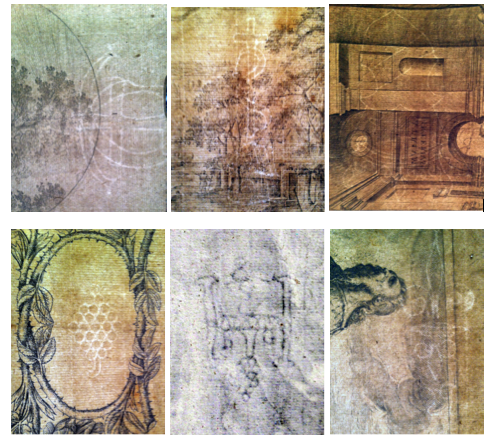 Surface Cleaning Each print is surface cleaned using one or more various methods for dry cleaning. These include using a Chinese soft brush made from goat’s hair to transport dirt away from the surface of the paper. As the printing ink is very old, it is likely to be softer than we expect; therefore cleaning of the recto of the prints has been avoided unless large amounts of dirt are present. Most of the surface cleaning is focused on the verso. In addition to using a Chinese brush, a chemical sponge can also be used to lift more stubborn dirt. Another method is document ‘draft-clean’ powder, which can be used with cotton wool, a brush or simply our fingers in a circular motion.
Surface Cleaning Each print is surface cleaned using one or more various methods for dry cleaning. These include using a Chinese soft brush made from goat’s hair to transport dirt away from the surface of the paper. As the printing ink is very old, it is likely to be softer than we expect; therefore cleaning of the recto of the prints has been avoided unless large amounts of dirt are present. Most of the surface cleaning is focused on the verso. In addition to using a Chinese brush, a chemical sponge can also be used to lift more stubborn dirt. Another method is document ‘draft-clean’ powder, which can be used with cotton wool, a brush or simply our fingers in a circular motion. 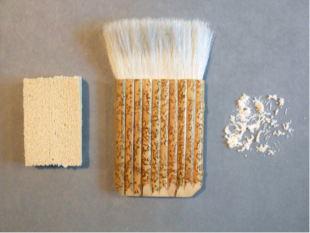

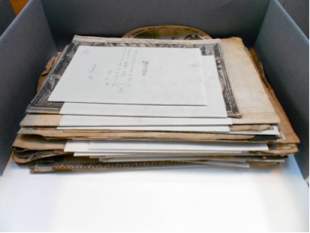
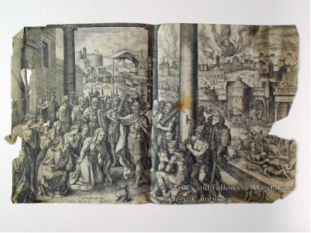
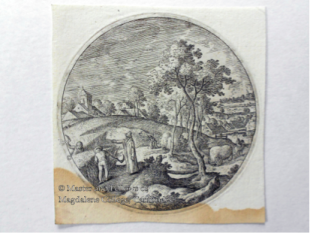
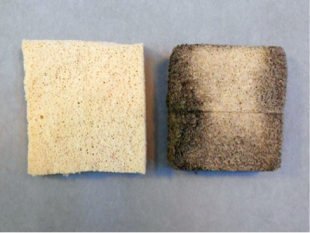
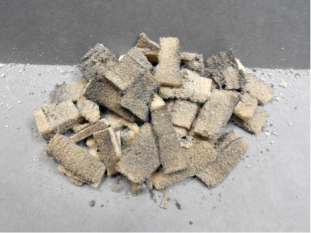
Reblogged this on stricklands' blog and commented:
Thanks for taking such care!